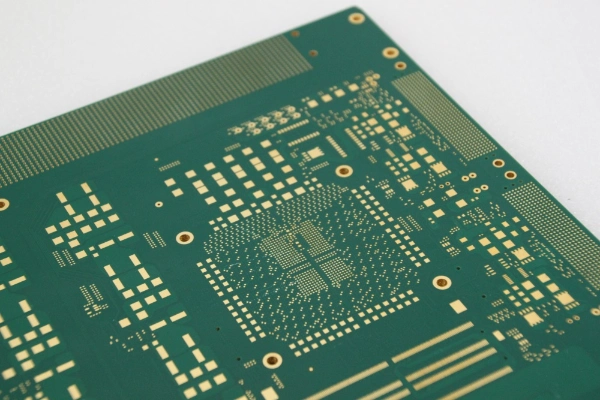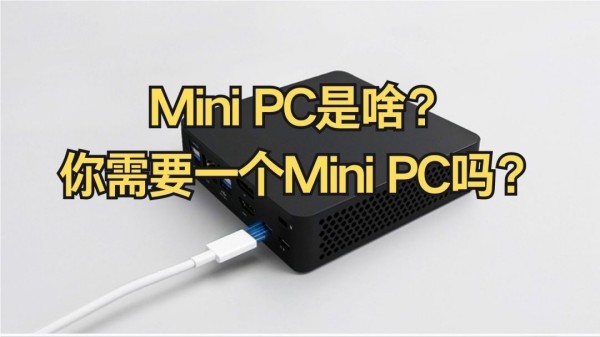Unveiling the Inner Workings of an Electronic Pressure Controller
3 min readIn today's technologically advanced world, electronic pressure controllers play a crucial role in various industries, ensuring precise and reliable pressure regulation. Understanding how these controllers work is essential for engineers and professionals seeking to optimize processes and enhance efficiency. In this blog post, we will delve into the intricate mechanisms behind an electronic pressure controller, exploring its components, operation, and applications.
- The Basics of an Electronic Pressure Controller:
An electronic pressure controller is a sophisticated device designed to regulate and maintain a specific pressure level in a system. Unlike traditional mechanical controllers, electronic controllers utilize advanced sensors, actuators, and microprocessors to achieve precise pressure control. These controllers find applications in industries such as manufacturing, oil and gas, pharmaceuticals, and more. - Components of an Electronic Pressure Controller:
a. Pressure Sensor: At the heart of an electronic pressure controller lies a high-precision pressure sensor. This sensor measures the pressure within the system and converts it into an electrical signal, providing real-time feedback to the controller.
b. Microprocessor: The microprocessor acts as the brain of the controller, processing the sensor's signal and executing control algorithms. It continuously compares the measured pressure with the desired setpoint, making necessary adjustments to maintain optimal pressure levels.
c. Control Valve: The control valve, driven by the microprocessor, regulates the flow of fluid or gas to maintain the desired pressure. It opens or closes based on the controller's instructions, ensuring precise control and stability.
d. Display and User Interface: Many electronic pressure controllers feature a user-friendly interface, allowing operators to monitor and adjust settings conveniently. The display provides real-time pressure readings, setpoint values, and other relevant information. - Operation of an Electronic Pressure Controller:
a. Calibration: Before operation, electronic pressure controllers undergo calibration to ensure accuracy. This process involves comparing the controller's readings with a reference standard and adjusting it accordingly.
b. Setpoint Input: Operators input the desired pressure setpoint through the user interface. The microprocessor continuously compares the measured pressure with the setpoint, maintaining the system at the desired pressure level.
c. Feedback Control: The pressure sensor provides continuous feedback to the microprocessor, allowing it to make precise adjustments to the control valve. The microprocessor calculates the necessary valve position based on the deviation from the setpoint, ensuring accurate pressure regulation.
d. Closed-Loop Control: Electronic pressure controllers employ closed-loop control, meaning they continuously monitor and adjust the system's pressure to maintain stability. This ensures that any disturbances or variations in the system are quickly compensated for, providing reliable pressure control. - Applications of Electronic Pressure Controllers:
a. Industrial Processes: Electronic pressure controllers are widely used in manufacturing processes, such as injection molding, semiconductor fabrication, and chemical production. They ensure consistent pressure levels, enhancing product quality and yield.
b. Research and Development: In laboratories and research facilities, electronic pressure controllers play a vital role in controlling pressure-sensitive experiments and processes. They enable precise control, ensuring accurate and repeatable results.
c. HVAC Systems: Electronic pressure controllers find applications in heating, ventilation, and air conditioning (HVAC) systems. They regulate pressure in ducts, pipes, and refrigeration circuits, optimizing energy efficiency and maintaining comfort levels.
d. Medical Equipment: Electronic pressure controllers are integral to medical devices like anesthesia machines, ventilators, and dialysis equipment. They ensure safe and accurate pressure control, vital for patient care.
Conclusion:
Electronic pressure controllers revolutionize pressure regulation in various industries, offering precise control, stability, and efficiency. By understanding their inner workings, professionals can harness their capabilities to optimize processes, improve product quality, and enhance safety. From industrial manufacturing to medical applications, electronic pressure controllers continue to shape and advance numerous sectors, driving innovation and progress.


